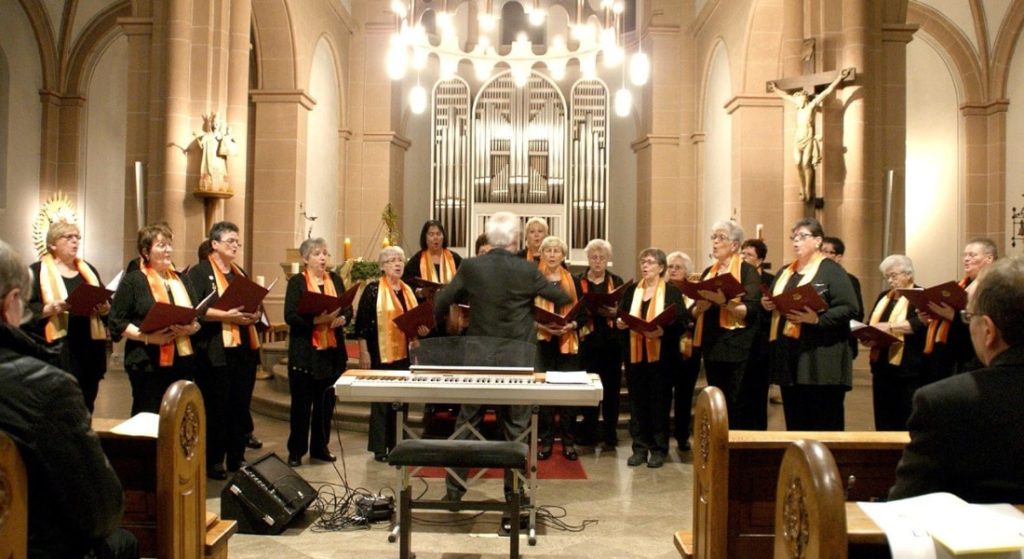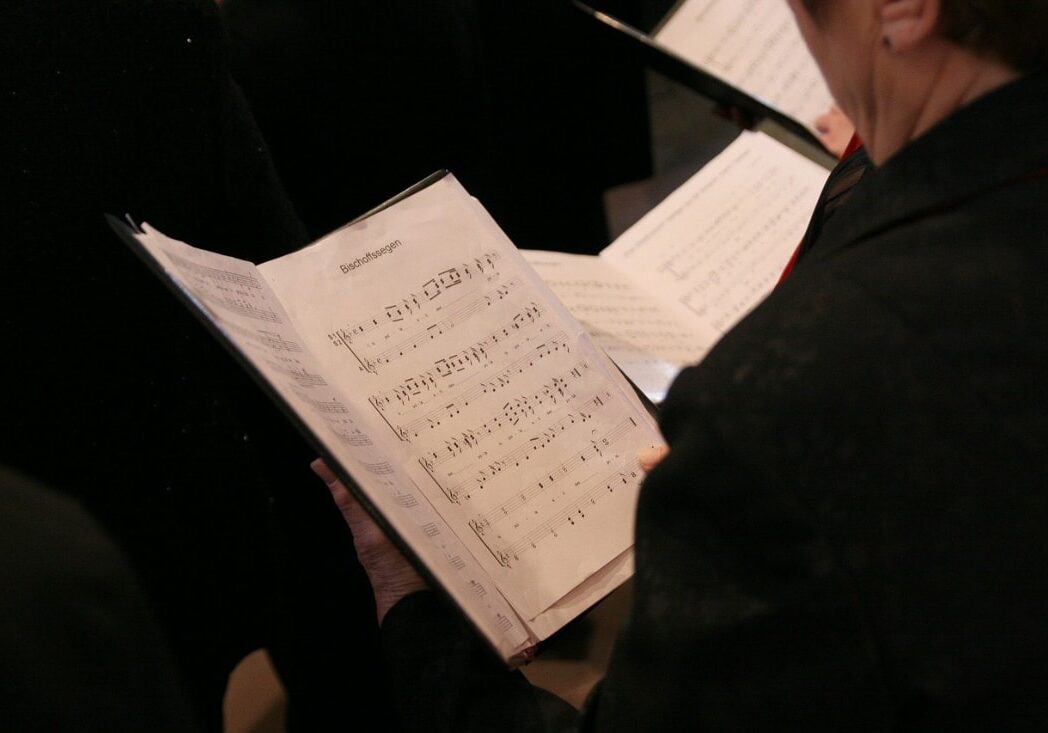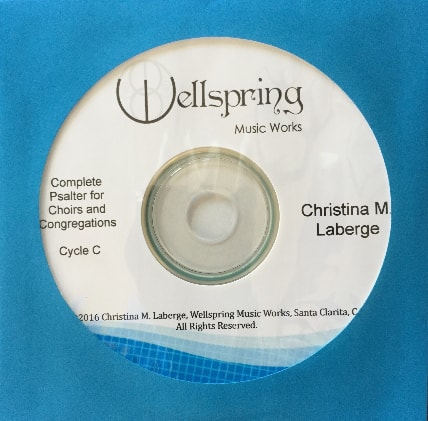The Complete Psalter for Choir and Congregation
Bring the Psalms to life for all your worship needs
Available for years A, B and C. All the resources to enrich your worship with psalmody set to tunes that are accessible for most choirs and allow for easy congregational participation.


Create High Quality Orders of Worship
This system allows for the easy creation of high quality orders of worship with citations that can be located at the end of the document to improve layout. Choirs love the large font format of the PDF files created with amateur music readers in mind. You can present these files to your choir in any number of formats:
- Weekly disposable sheets
- Bound collections to be reused
- Document sharing systems for use with ForScore or other music reading platforms
As long as proper credit is given and the material is not shared with another church, you may use these files the way that will work best for your church and musicians.
Each year's package contains:
All psalms and canticles for the year, including both tracks for the Propers
Congregational response files in TIFF format for insertion into congregational orders of worship. Create beautiful orders of worship quickly and easily
All psalms and canticle options for holy days that are non-rotating. Keeping settings for Holy Days the same each year cuts down on rehearsal time.
Simple to use cut and paste notes for proper citation in disposable publications. Keeping it legal has never been so easy!
Choir versions of psalms and canticles are in PDF format with easy-to-read font and layouts. PDF format may be imported into tablet score readers
All permissions for single church use. Make as many copies as necessary for choir, conductor, organist and congregation. Permission for streaming or pre-recorded use included
If you are new to Anglican Chant...
If you and your choir are new to sung psalmody, it can be a daunting prospect to consider Anglican psalmtone. However, with a few basic principles understood, and a bit of practice, even amateur choirs can successfully sing Anglican chant.
Preparing the Choir
Each of the vertical lines in the verses of the psalm corresponds to a barline in the psalm tone. The asterisk marks the halfway point of the psalm tone. It is important that both choir and organist/conductor understand that there is no meter to psalm tone. It is to be sung in speech rhythm. It can be helpful to have the choir read the psalm together to get the feel of the rhythm. It is necessary for the leader to indicate to the choir where the breaths should occur. This is particularly important in the instances when one half verse leads into the next without punctuation, indicating that there should be no breath. Issues of pronunciation should also be worked out at this point.
The next step is for the choir to learn the notes of the psalm tone apart from the text. It is helpful to have them sing the notes of the psalm tone on numbers, counting up from one to ten, and after the asterisk, counting down from ten to one (or from one to eight, in a short tone). After the pitches are mastered (the choir will need to be comfortable enough with the notes to no longer need to look at them), the choir begins to put them together with the psalm, changing tones when indicated by the barlines. Be careful not to fall into the habit of slowing down at the changes or metricizing the notes at the end of the verses. Stay within the speech rhythm at all times. Add dynamics to the verses as it seems appropriate within the text.
Leading the Congregation
It is helpful for the congregation to hear the psalm before attempting to sing it, so the following pattern is suggested:
- The organist plays the refrain once
- The choir sings the refrain in unison
- The choir sings the refrain in parts, inviting the congregation to join
- The choir sings verses and refrains as marked, with the congregation joining on refrains
Variations - Mix it up!
Singing the psalmtone in four parts is standard, but there are many ways to create interest by varying the voicing. Try some of these different ideas:
- Soloist sings the soprano part, organ accompanies with 4-parts
- Solo quartet on 4-parts, with or without accompaniment
- Cantoris/decani splitting of choir, creating an antiphonal effect
- TTBB or SSAA revoicing of parts
- Men/women divisions
These psalms work very well when sung by a soloist, functioning as a songleader/cantor. Don’t hesitate to try new configurations!
How long will it take for us to be comfortable?
It will take an amateur choir several months to get the feel of this technique. If you would like more information on techniques to help choirs to learn this technique (conducting and pedagogical thoughts), please feel free to contact me. I will be more than happy to share with you the techniques that have been so successful with my amateur choirs.

Purchase yours TODAY!
Just $100 For Lifetime Use For One Church
It is entirely in a data format and is shipped to you on a CD-ROM. You may reuse it every three years, making the copies you need for your groups as you need them. Contact me with the e-mail below to purchase. All major credit cards accepted through Square.
